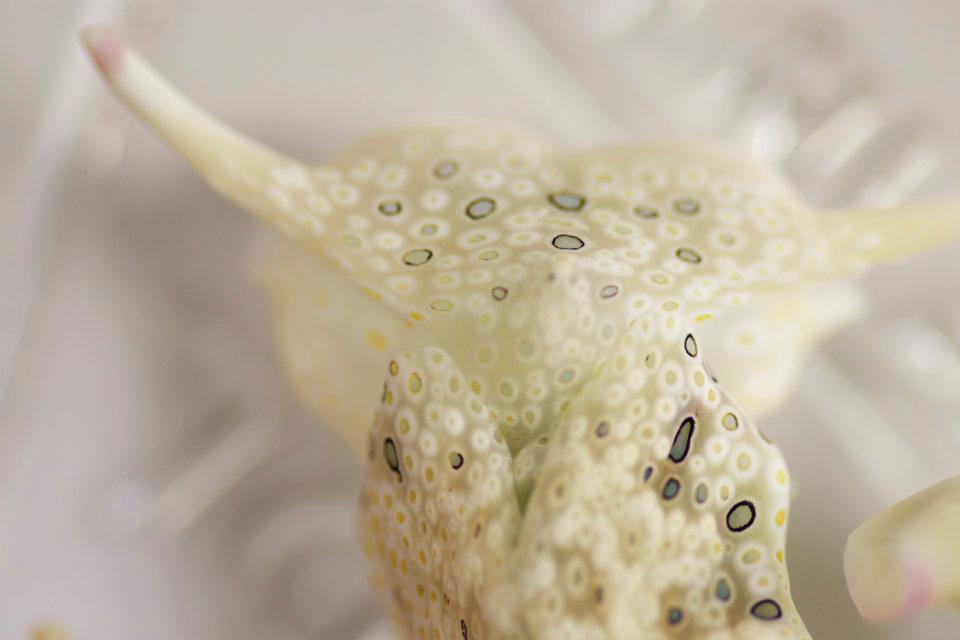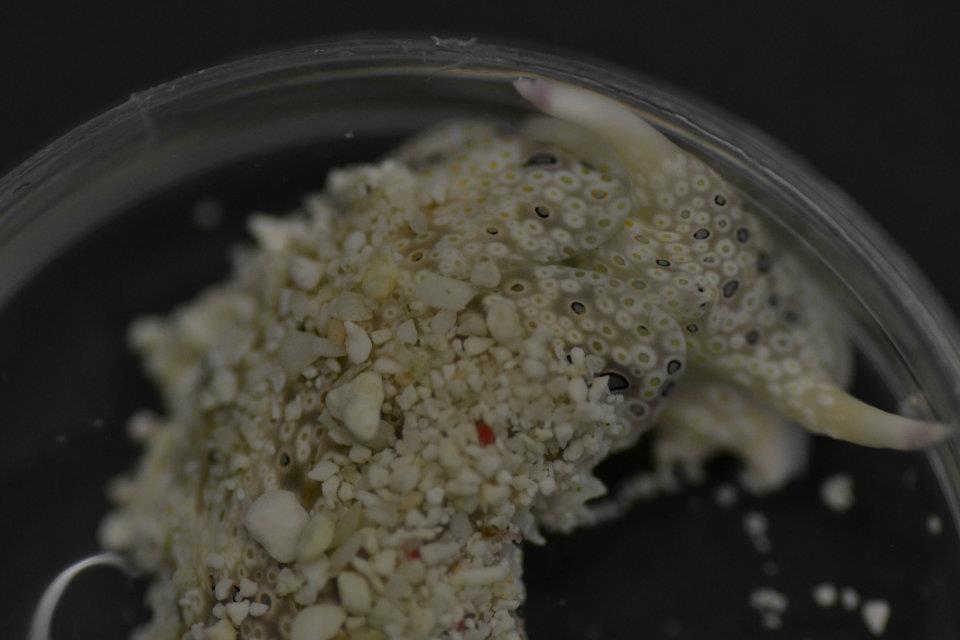Comprehensive Description

Plakobranchus ocellatus is a sea slug, discovered by Van Hasselt in 1824. It falls under the phylogeny order sacoglossa, infraclass opithobranchs, class gastropoda, and phylum mollusca.
 
The opisthobranch, unlike other gastropods, have numerous secondary derived features. Opisthobranchs are characterized by a lack of shell, bilateral symmetry, reduction of mantle cavity, detorsion and utilization of chemical defences. The sea slugs, have further evolved other secondary features. The mollusca foot has expanded laterally, forming flaps known as parapodia as well as the development of cephalisation, sensory rhinophores and statocysts. These are followed by the employment of camouflage, chemical defences, spicules or utilization of prey’s defences such as nematocysts in replacement of shell lost (Ruppert, 2004).
 
P. ocellatus are extremely cryptic, and are widely distributed in the shallow intertidal region of the Indo-Pacific region, with numerous variations at different locations (Hirose, 2005; Jensen, 2007; Wagele, 2011; EOL, 2011). These variations are likely induced by the different environmental conditions they are exposed to. The individuals located in Heron Island, Australia are characterized by spotted ocelli covering the entire length of their creamed coloured body (Marshall, 1999; Pittman and Fiene, 2011).

|
|
|
|
Extension of P. ocellatus’
parapodia will reveal emerald ridges, known as lamellae which stores
the food algae’s chloroplasts. This is permitted by the process called
kleptoplasty, where the animal retains and utilizes these chloroplasts
to produce food photosynthetically (Marshall, 1999; Pittman and Fiene,
2011). P. ocellatus has the highest capability of any sacoglossa
to retain these chloroplasts functionally for the longest period of
time - up to 11 months (Evertsen et al., 2007).
|
A short study conducted revealed that P. ocellatus is active only in the day, and not at night, suggesting the animals as being diurnal. When compared to a closely related sea slug – Thuridilla bayeri, activity rate at night differed greatly, suggesting the need of P. ocellatus to remain cryptic.
|